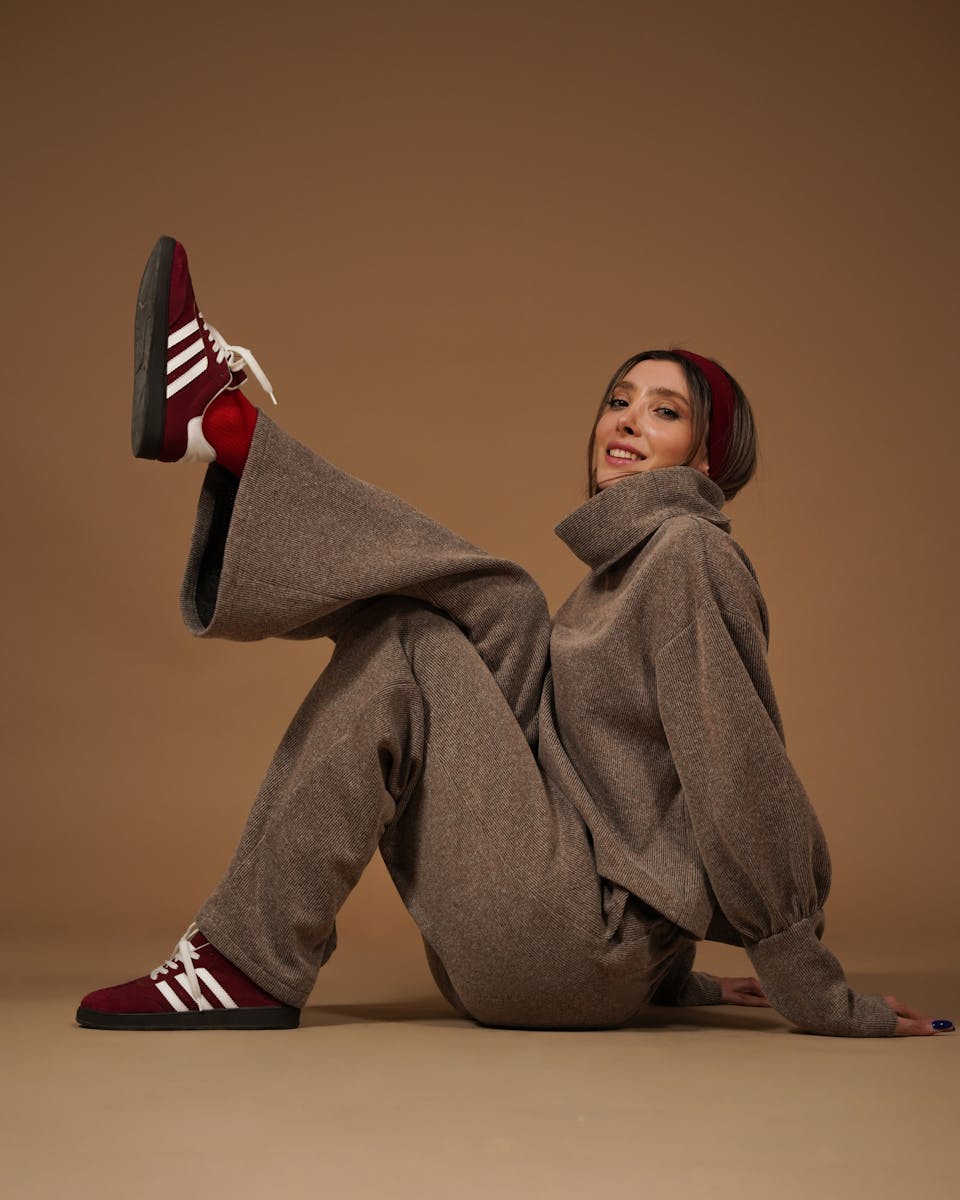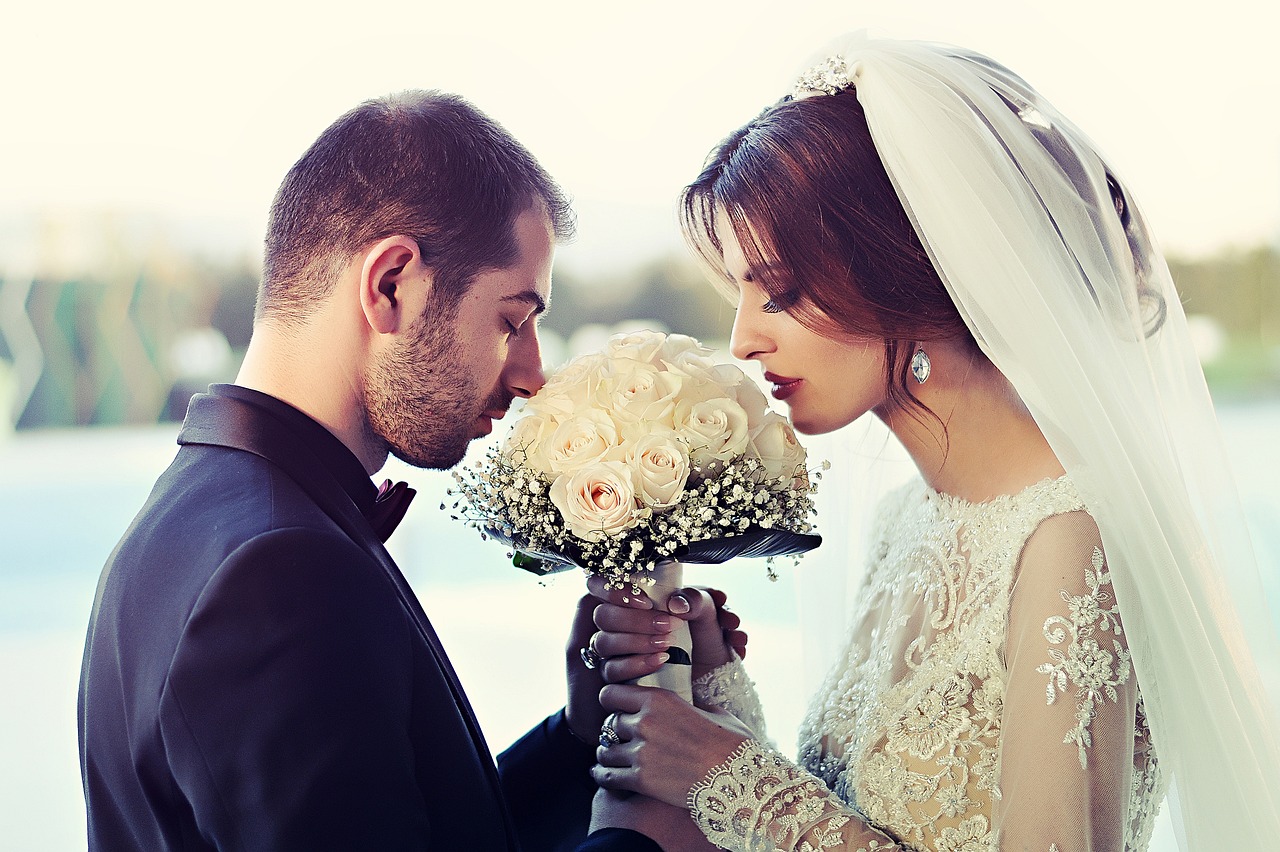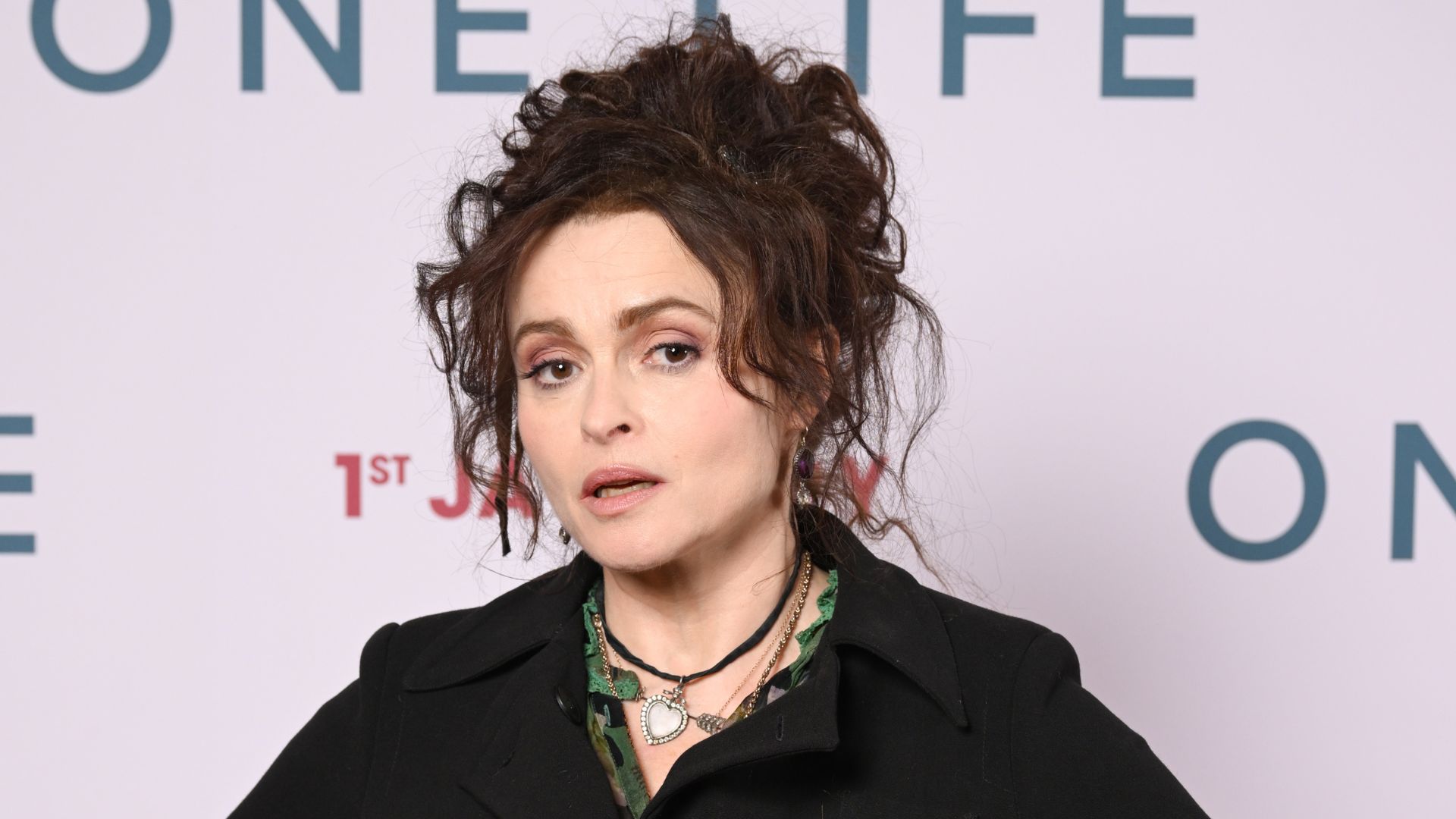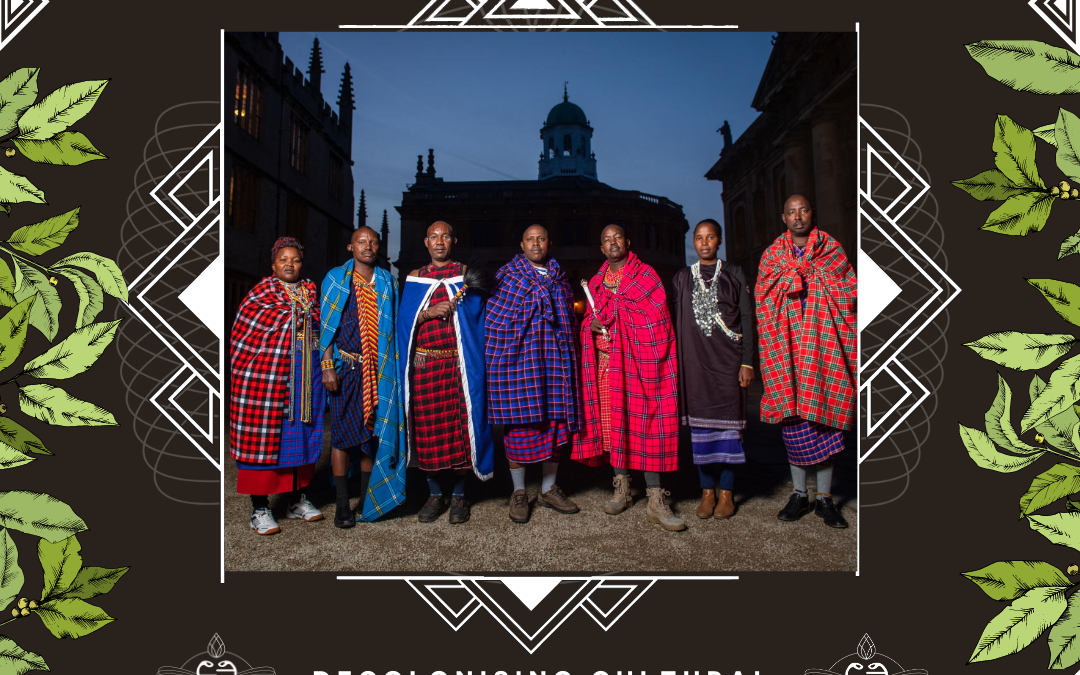
Throughout history, clothing has not only served as a basic necessity but has also been a powerful form of expression, a badge of identity, and a medium for cultural exchange. The garments we wear today are the culmination of centuries of innovation, adaptation, and cultural interaction. Let’s journey through time to explore how everyday clothing has evolved and the cultural significance it embodies.
1. **The Ancient Beginnings**: Clothing began as a necessity for protection against the elements. In ancient times, people used natural materials such as animal skins, leaves, and bark to cover themselves. As civilizations developed, clothing became more sophisticated, with the use of textiles like linen in Egypt and wool in Mesopotamia. These early innovations laid the foundation for the diverse range of fabrics we have today.
The significance of clothing in ancient societies was profound. It represented social status, religious adherence, and cultural identity. For instance, in ancient Egypt, linen was not only a primary material but also a symbol of purity and wealth. The intricate styles and materials used in clothing were a reflection of the wearer’s position in society.
2. **The Medieval Era**: With the fall of the Roman Empire, Europe entered the medieval era, where clothing became more varied and complex. Different regions developed distinct styles, influenced by the available resources and cultural interactions. Silk from the East became a coveted material, symbolizing luxury and status.
During this period, the Church played a significant role in influencing fashion. Sumptuary laws were established to regulate what people could wear based on their social class. Clothing was not just a personal choice but a reflection of one’s place within the hierarchy of society.
Read more about: Stars in Silky Slip Dresses: Miley Cyrus, Jennifer Aniston, and More in Sizzling Looks
3. **The Renaissance and Beyond**: The Renaissance brought a revival of interest in art and culture, which extended to clothing. Tailoring techniques advanced, and garments became more fitted and elaborate. The use of lace, embroidery, and rich fabrics like velvet and silk flourished. Fashion began to change more rapidly, reflecting the dynamic changes in society.
This era also witnessed the beginnings of fashion as a concept. The idea of seasonal styles and trends emerged, driven by the affluent who could afford to change their wardrobes frequently. Clothing became a means of personal expression and a way to demonstrate one’s wealth and taste.
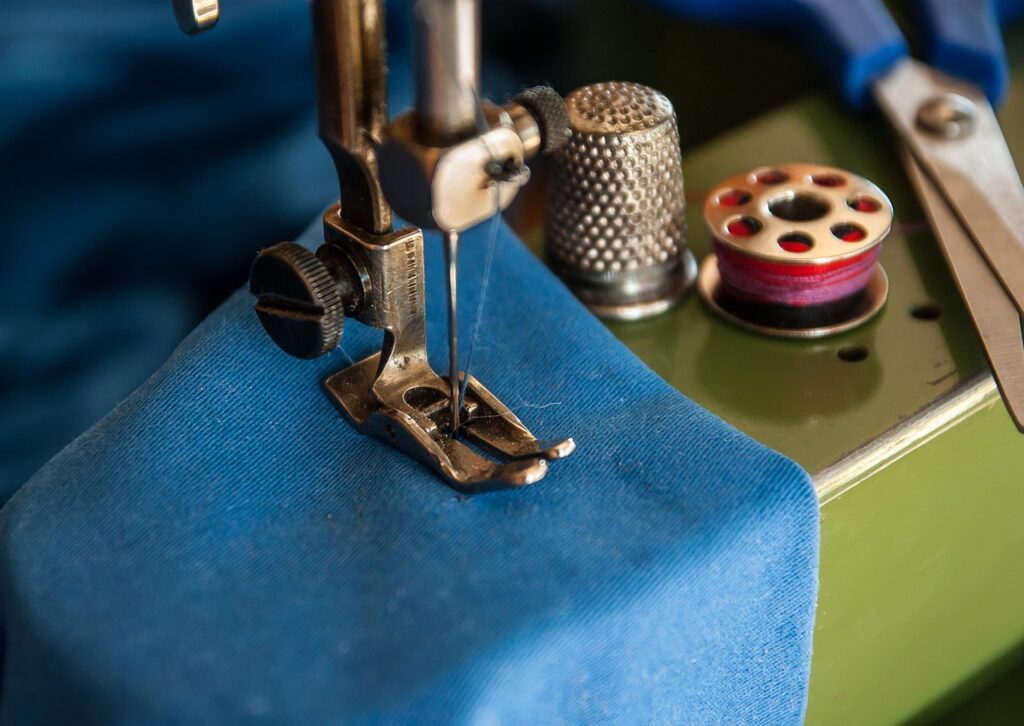
4. **The Industrial Revolution**: The advent of the Industrial Revolution in the 18th century transformed the clothing industry. The invention of the sewing machine and advances in textile production allowed for mass production of garments. Clothing became more affordable and accessible to the general population.
This period marked the beginning of ready-to-wear fashion. While individuality in style diminished initially, it laid the groundwork for the democratization of fashion. People from different social classes could now partake in fashion trends, blurring the lines of social distinction through clothing.
5. **The 20th Century and the Rise of Subcultures**: The 20th century saw a dramatic shift in clothing styles, influenced by world events, technological advancements, and cultural movements. The World Wars brought about practical and utilitarian fashion, while the post-war era celebrated prosperity with glamour and elegance.
The rise of subcultures in the latter half of the century introduced diverse styles, challenging mainstream fashion norms. From the rebellious punk movement to the free-spirited hippies, subcultures used clothing as a form of protest and identity. These movements played a crucial role in shaping modern fashion, encouraging individuality and self-expression.
6. **Globalization and Modern Fashion**: In today’s interconnected world, fashion is a global phenomenon. The exchange of cultural styles has led to a fusion of traditional and contemporary garments. People have greater access to diverse clothing options, allowing for more personalized and eclectic styles.
Modern fashion is also marked by a growing awareness of sustainability and ethical production. Consumers are increasingly mindful of the environmental and social impact of their clothing choices, pushing brands to adopt more sustainable practices. This shift is shaping the future of fashion, where innovation meets responsibility.
7. **The Future of Everyday Clothing**: As we look to the future, everyday clothing will continue to evolve, driven by technological advancements and changing consumer values. Smart textiles, 3D printing, and customization are set to revolutionize how we produce and wear clothing.
The emphasis on sustainability and ethical practices will likely intensify, influencing design and production processes. As fashion becomes more inclusive and diverse, it will mirror the evolving social and cultural landscapes, offering a rich tapestry of styles that cater to a wide range of preferences.
8. **The Cultural Significance of Everyday Attire**: Clothing is more than just fabric; it is imbued with cultural significance and meaning. It reflects our values, beliefs, and aspirations. As we continue to navigate a rapidly changing world, the garments we choose will remain a powerful tool for storytelling and connection.
The origins of everyday clothing are a testament to human ingenuity and cultural evolution. From ancient garments to modern fashion, each piece of clothing tells a story of its time and place, offering insight into the diverse tapestry of human experience.
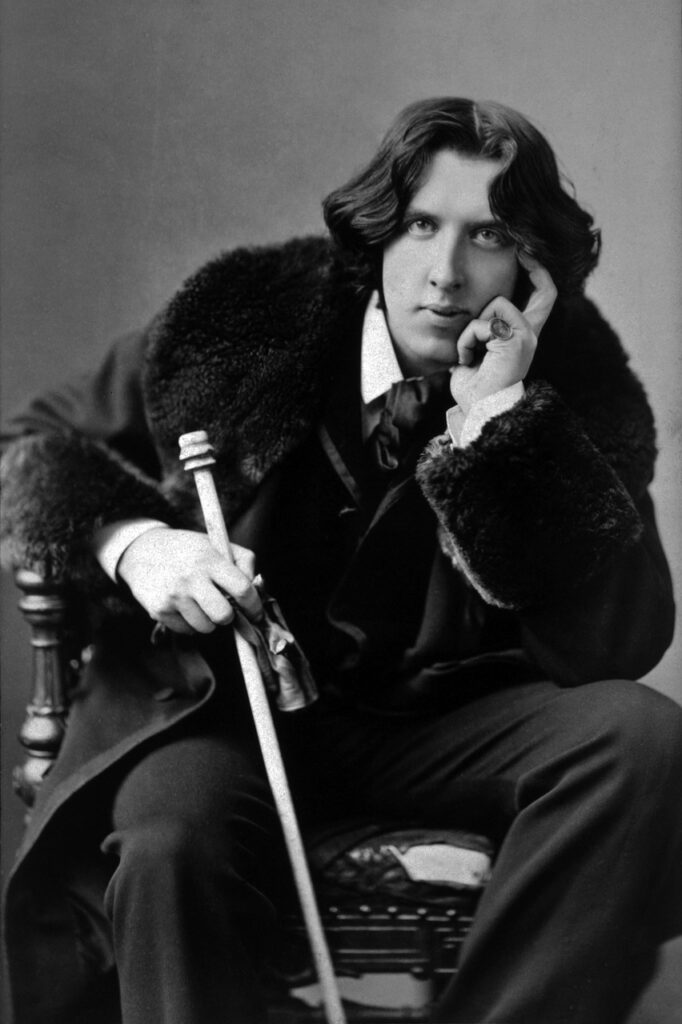
9. **The Dandy Movement**: The art of fashion took a refined and sophisticated turn with the emergence of the Dandy movement in the late 18th and early 19th centuries. Originating in Britain, this style was characterized by an emphasis on elegance and refinement, with a focus on tailoring and meticulous attention to detail. Dandies rejected the flamboyant fashions of the previous Rococo era and instead embraced understated elegance, often seen in the use of well-cut coats, waistcoats, and cravats.
More than just a manner of dressing, dandyism was a lifestyle and a statement of individuality, with figures like Beau Brummell setting the standard for sartorial elegance. This movement paved the way for modern menswear, with its focus on the impeccable fit and subtle sophistication. Today, the influence of the Dandy movement can be seen in the sleek lines and elegant cuts of contemporary business suits.
The Dandy movement was not just about fashion, but also a form of protest against the rigid class structures of the time. It allowed men to express their individuality and intellect through their clothing, challenging traditional notions of masculinity and societal norms. The dandy’s legacy continues to inspire those who seek to blend style with a touch of rebellion.
10. **The Flapper Era**: Roaring into the 1920s, the Flapper era was a revolutionary time for women’s fashion, marked by bold changes in style, behavior, and attitudes. Flappers were the embodiment of the jazz age spirit, challenging social conventions with their daring fashion choices, from knee-length skirts to bobbed haircuts.
This era was a time of liberation for women, as corsets were discarded in favor of loose-fitting dresses that allowed for greater freedom of movement. The androgynous silhouette of the flapper dress, often adorned with fringe and beads, became a symbol of modernity and rebellion against the traditional, restrictive clothing of the past.
The flapper style was more than just a fashion trend; it was a statement of independence and a reflection of the changing role of women in society. The audacity of the flappers’ fashion choices encouraged women to embrace their individuality and express themselves without fear of judgment, an attitude that continues to influence women’s fashion today.
11. **The Hippie Movement**: The 1960s brought a wave of counterculture movements, with the hippie movement leading the charge in challenging the status quo. This era saw an explosion of color and creativity in fashion, characterized by loose-fitting garments, vibrant patterns, and an eclectic mix of cultural influences.
Hippie fashion was a rejection of the conservative styles of the 1950s, embracing natural fabrics, ethnic prints, and a do-it-yourself approach to clothing. Bell-bottoms, tie-dye, and flowing maxi dresses became iconic symbols of the era, representing a spirit of freedom and unity with nature.
The hippie movement’s influence on fashion can still be felt today, with bohemian styles and ethical fashion choices gaining popularity. This era’s emphasis on individuality and self-expression through clothing has inspired generations to use fashion as a means of articulating personal values and beliefs.
12. **The Punk Movement**: Exploding onto the scene in the 1970s, punk fashion was as much about attitude as it was about style. It was a rebellious, anti-establishment movement that rejected the conventional norms of fashion and society.
Punk fashion was characterized by its DIY ethos, with ripped clothing, safety pins, and leather jackets becoming iconic symbols of the movement. The aesthetic was raw and edgy, often incorporating elements like studs, spikes, and bold hair colors.
Punk’s influence on fashion has been profound and enduring. It challenged the fashion industry to rethink its approach to style, encouraging a more individualistic and nonconformist approach. Today, the influence of punk can be seen in the enduring popularity of leather jackets and distressed denim, as well as in the ongoing trend of mixing high fashion with street style.
Read more about: A Guide to Flaunting Stylish Boots with Confidence
13. **The Preppy Style**: Emerging in the 1950s and gaining popularity in the 1980s, the preppy style originated in the Ivy League schools of the United States. This style was characterized by its clean-cut, polished look, often featuring button-down shirts, blazers, and khakis.
Preppy fashion was a reflection of a privileged lifestyle, inspired by traditional American sports like tennis, sailing, and golf. The use of pastel colors, nautical motifs, and tailored fits became hallmarks of the preppy style, which has influenced casual and business attire around the world.
Today, preppy fashion remains popular, with brands continuing to draw inspiration from its classic aesthetic. The style’s emphasis on quality and timelessness ensures its place in the fashion landscape, appealing to those who appreciate a refined and understated look.
Read more about: Top Must-Have Amazon Sweaters on Sale
14. **The Grunge Movement**: Born in the Pacific Northwest in the late 1980s, the grunge movement brought a raw and rebellious spirit to fashion, mirroring the gritty sound of the grunge music scene.
Grunge fashion was characterized by its casual, unkempt look, with flannel shirts, ripped jeans, and combat boots defining the style. This movement was a reaction against the polished fashions of the 1980s, embracing a more authentic and laid-back aesthetic.
The grunge movement had a lasting impact on fashion, challenging the notion of what was considered “fashionable” and encouraging a more relaxed and individualistic approach to style. The influence of grunge can still be seen in contemporary fashion, with elements like oversized silhouettes and distressed fabrics continuing to make waves.
Read more about: How Jeans Conquered Fashion and Found Forever
15. **The Hip-Hop Revolution**: Rising from the streets of New York in the late 1970s, hip-hop culture brought with it a distinctive fashion style that became a global phenomenon. This movement’s fashion was about making bold statements, with an emphasis on individuality and self-expression.
Baggy pants, oversized shirts, and athletic wear became the staples of hip-hop fashion, often adorned with bold logos and vibrant colors. Accessories like chunky jewelry and snapback hats added to the aesthetic, creating a look that was both edgy and influential.
Hip-hop fashion has had a profound impact on the fashion industry, breaking down barriers and redefining what it means to be stylish. The movement’s influence is evident in the popularity of streetwear and the rise of athleisure, blending comfort with cutting-edge style.
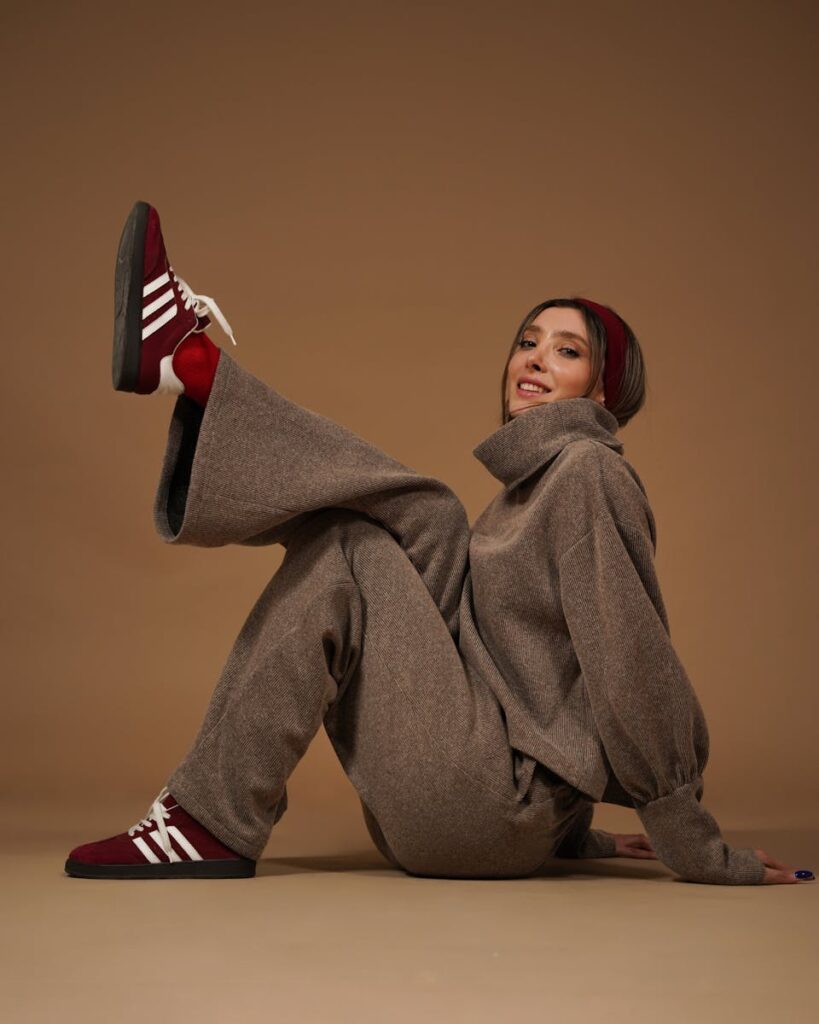
16. **The Minimalist Movement**: In stark contrast to the bold and extravagant styles of previous decades, the minimalist movement emerged in the 1990s with a focus on simplicity and functionality.
Minimalist fashion was defined by clean lines, neutral colors, and an emphasis on quality over quantity. The movement rejected the notion of fashion as a means of conspicuous consumption, instead embracing a “less is more” philosophy.
Today, minimalist fashion continues to inspire designers and consumers alike, with its emphasis on timeless pieces and sustainable practices. The movement has encouraged a shift towards more thoughtful and intentional consumption, challenging the fast fashion industry to reconsider its approach to production and design.
17. **The Techwear Movement**: As we move further into the 21st century, fashion is increasingly influenced by technological advancements, giving rise to the techwear movement. This style blends functionality with futuristic design, incorporating materials and features that enhance performance and utility.
Techwear is characterized by its use of technical fabrics, such as waterproof and breathable materials, as well as innovative features like hidden pockets and modular designs. The aesthetic is often sleek and monochromatic, reflecting a blend of urban and military influences.
The techwear movement is not just about style; it represents a shift towards clothing that adapts to our modern, fast-paced lifestyles. As technology continues to evolve, so too will our clothing, offering solutions that meet both practical needs and aesthetic desires.
A reflection on the ever-changing landscape of fashion reveals a tapestry woven from diverse influences and movements, each leaving its indelible mark on the way we dress today. From the elegant sophistication of the Dandy to the rebellious spirit of punk and grunge, fashion continues to be a dynamic expression of culture, identity, and innovation.
Related posts:
Bahrain – Culture, Traditions, Heritage
How the Grunge Aesthetic Stands the Test of Time
The Coach Tabby Bag Tops the Google Hot 100 List — Here’s Why It’s One of the Most Popular Purses of 2024.

